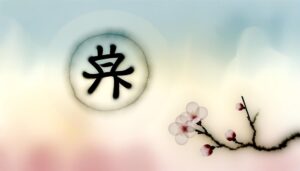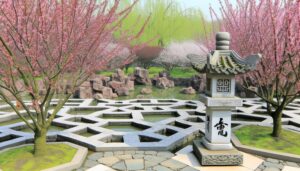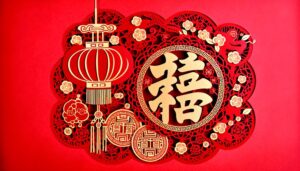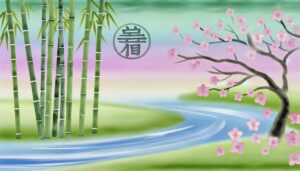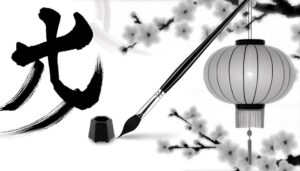What Does the Chinese Family Symbol Mean?
The Chinese character 家 (jiā) symbolizes family, reflecting deep historical and cultural connotations. Its etymology traces back to ancient pictographs of a roof sheltering a pig, representing a household's economic stability and protection.
Historically, 家 (jiā) has embodied the fundamental unit of social structure, resonating with themes of unity, respect for ancestors, and social harmony. In modern times, it encapsulates evolving family dynamics, including nuclear and dual-income households, while remaining a focal point in art, literature, and media.
For in-depth insights into its rich symbolism and adaptations over time, further exploration reveals much more.
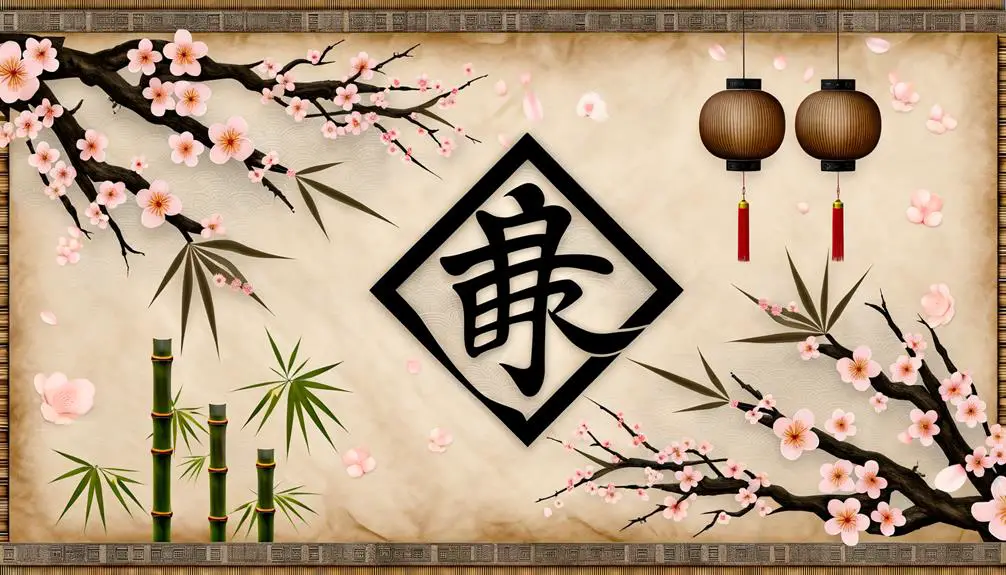
Key Takeaways
- The Chinese symbol for family is 家 (jiā).
- 家 (jiā) historically depicts a roof sheltering a pig, symbolizing a household.
- It represents familial unity and domestic life.
- 家 (jiā) signifies economic stability and social harmony.
- The character embodies respect for ancestors and cultural identity.
Etymology of 家 (jiā)
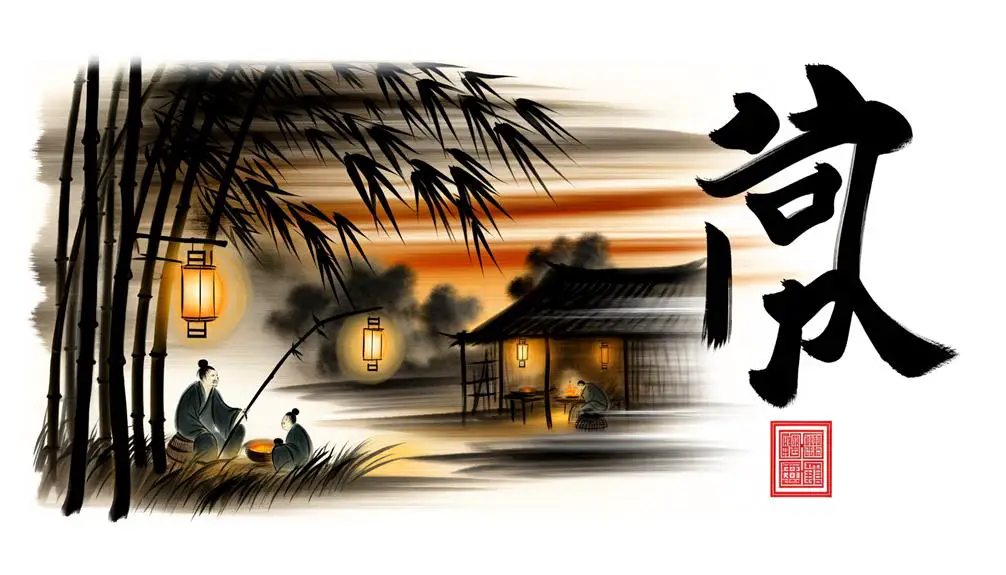
The etymology of 家 (jiā), which means 'family' or 'home' in Chinese, traces back to ancient pictographs that depicted a roof sheltering a pig, symbolizing a household or familial unit. This imagery underscores the integral role of agriculture and livestock in early Chinese society, where owning a pig signified economic stability and sustenance.
The character evolved over millennia, maintaining its core symbolism of protection and domestic life. The roof element signifies shelter, while the pig denotes prosperity and livelihood. This etymological development offers a profound insight into the socio-economic fabric of ancient China, emphasizing the convergence of home, family, and economic security.
Understanding this etymology provides a foundational context for exploring broader cultural meanings associated with 家 (jiā).
Cultural Symbolism
Building upon the etymological foundations, the character 家 (jiā) carries profound cultural symbolism, reflecting the interwoven values of familial unity, prosperity, and social harmony in Chinese society. This character epitomizes the core of Chinese social structure and is imbued with rich cultural connotations:
- Familial Unity: Signifying the importance of family bonds and collective well-being.
- Prosperity: Often associated with wealth and success, highlighting the family as the cornerstone of financial security.
- Social Harmony: Emphasizing the role of family in maintaining societal order and harmony.
- Respect for Ancestors: Representing the reverence and continuous connection to one's heritage and forebears.
These elements underscore the character's integral role in shaping cultural identity and social values.
Historical Significance
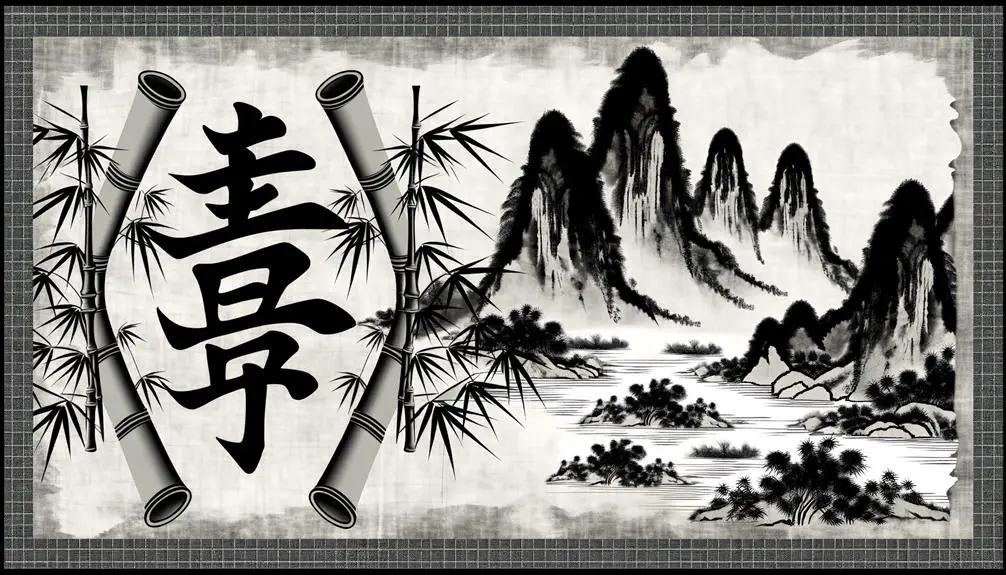
Tracing its roots back to ancient Chinese civilization, the character 家 (jiā) has evolved through millennia, reflecting the dynamic changes in social structure and familial roles.
Initially represented by pictographs depicting a pig under a roof, the symbol underscores the agrarian foundation of early Chinese society, where family units were central to agricultural productivity and livestock rearing.
Over time, 家 became more stylized, yet its essence remained tied to notions of household and kinship. Confucianism further solidified the character's significance, emphasizing filial piety and hierarchical family roles as pillars of societal harmony.
As dynasties rose and fell, 家 retained its core importance, continuously adapting to encapsulate the evolving conceptions of family and domestic life in Chinese culture.
Modern Interpretations
In contemporary Chinese society, the character 家 (jiā) continues to embody the concept of family, albeit with nuanced interpretations shaped by modern values and socio-economic transformations. These adaptations reflect a broader evolution in social dynamics and personal relationships.
Key modern interpretations include:
- Nuclear Family Emphasis: Increasing urbanization has shifted the focus from extended to nuclear family units.
- Dual-Income Households: Economic pressures have necessitated dual-income households, altering traditional familial roles.
- Digital Connectivity: Technological advancements have facilitated new forms of family interaction, bridging geographic distances.
- Changing Gender Roles: Modern views on gender equality have redefined roles within the household, promoting shared responsibilities.
These factors illustrate how 家 (jiā) remains a living symbol, continually adapting to contemporary realities.
家 (jiā) in Art and Media
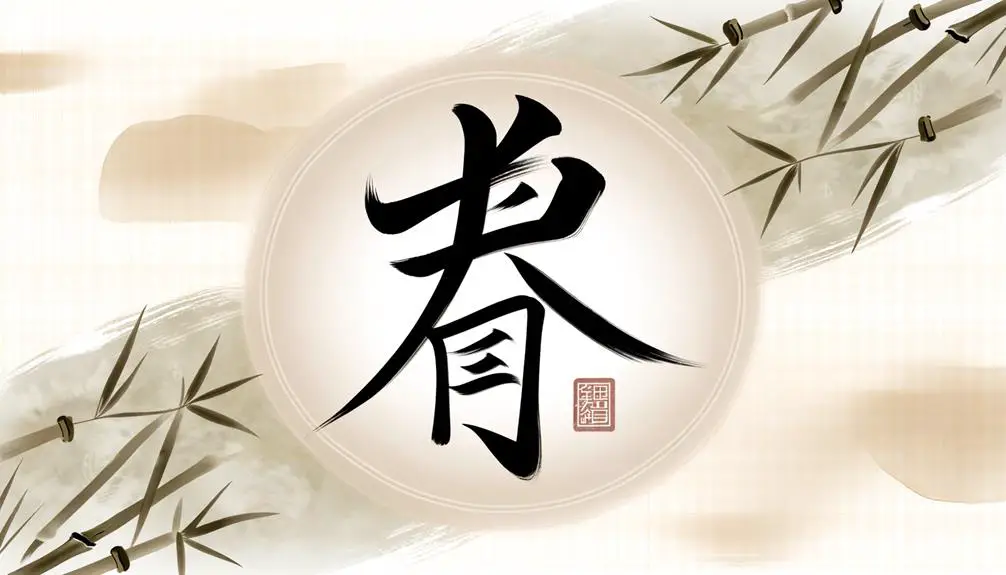
Chinese art and media have long utilized the character 家 (jiā) to explore and express the evolving concept of family within the cultural narrative.
This character, rich in historical significance, frequently appears in traditional paintings, literary works, and contemporary films. Artists often depict 家 (jiā) as a harmonious household, symbolizing unity and continuity.
In modern cinema, it serves as a focal point for stories tackling generational conflicts and societal changes, reflecting the dynamic nature of familial relationships in present-day China.
By integrating 家 (jiā) into various artistic forms, creators offer a nuanced perspective on the fundamental importance of family, bridging past traditions with contemporary realities.
This ongoing dialogue underscores family's central role in Chinese cultural identity.
Conclusion
The Chinese symbol for family, 家 (jiā), serves as a rich tapestry woven with threads of historical significance, cultural symbolism, and modern interpretations.
Its etymology reflects deep-rooted traditions while its presence in art and media underscores its enduring relevance.
Like a lighthouse guiding ships through the fog, 家 (jiā) illuminates the essence of familial bonds in Chinese society, standing as a proof to the timeless values that continue to shape and define communal identity.

